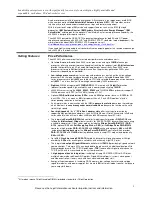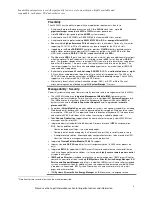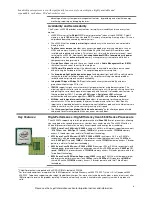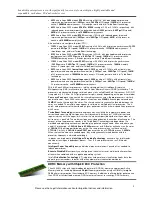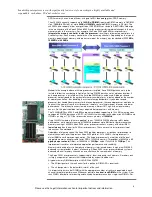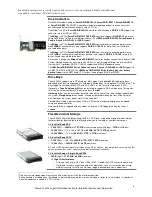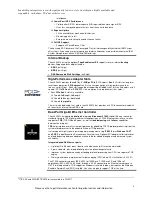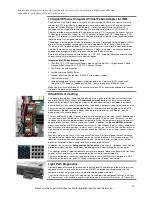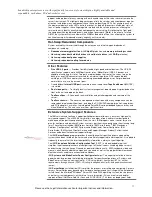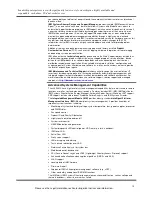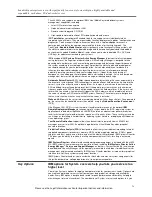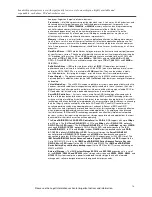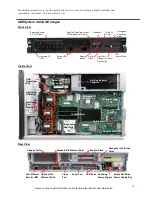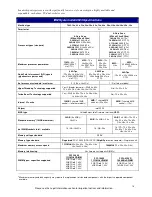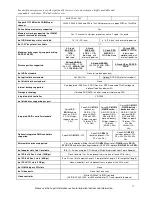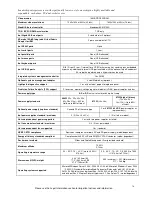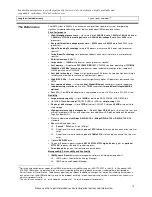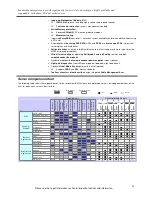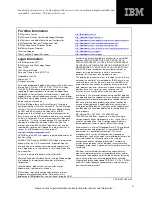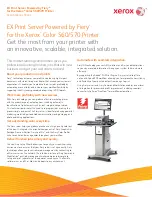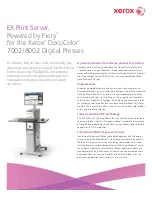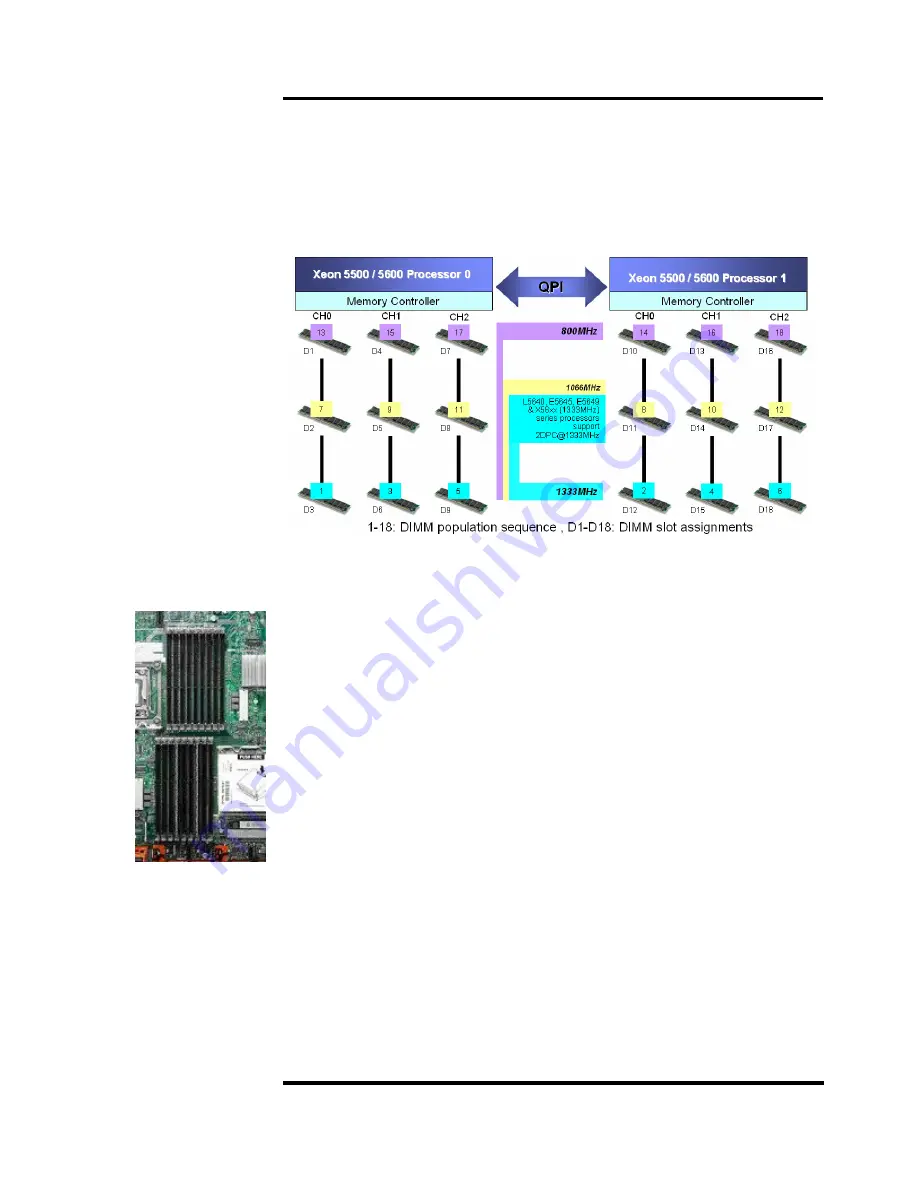
Leadership enterprise server with significantly lower cost of ownership in a highly available and
expandable, rack-dense, 2U dual-socket server
Please see the Legal Information section for important notices and information.
6
DDR3 memory is even more efficient, using up to
15% less
energy
than DDR2 memory.
The x3650 M3 currently supports up to
144GB
of
RDIMM
(registered DIMM) memory in
18
DIMM
slots (
192GB
in
12
slots), or up to
48GB
of
UDIMM
(unbuffered DIMM) memory in
12
slots. The
x3650 M3 also supports either energy-efficient
1.35V
DIMMs or standard
1.5V
DIMMs. Redesign
in the architecture of the Xeon 5500 and 5600 series processors bring radical changes in the way
memory works in these servers. For example, the Xeon 5500 and 5600 series processors
integrate the memory controller inside the processor
, resulting in two memory controllers in a
2-socket system. Each memory controller has three memory channels. Depending on the type of
memory, population of memory, and processor model, the memory may be clocked at
1333MHz,
1066MHz,
or
800MHz
.
Notes:
In the example above, with two processors installed, if one DIMM per channel is to be
installed, follow the numbering in light blue. For two DIMMs per channel, use blue and yellow. If
only one processor is installed, only the first
nine
DIMM slots can be used. Adding a second
processor not only doubles the amount of memory available for use, but also doubles the number
of memory controllers, thus doubling the system memory bandwidth. If you add a second
processor, but no additional memory for the second processor, the second processor would have
to access the memory from the first processor “remotely,” resulting in longer latencies and lower
performance. The latency to access remote memory is almost
75% higher
than local memory
access. So, the goal should be to always populate both processors with memory.
The 1333MHz
E
56xx,
L
5640, and
X
56xx processor models support up to 1333MHz memory clock
speed and 2 DIMMs per channel (2DPC) at 1333MHz with single-rank and dual-rank RDIMMs and
UDIMMs running at 1.5V. Other processors access memory at
1066MHz
.
Using 1333MHz memory (where supported) versus 1066MHz DIMMs offers up to
9%
better
performance, while memory running at 1066MHz produces up to
28%
better performance than
memory running at 800MHz. Xeon 5600 series processors access memory with almost
50%
lower latency
than the earlier 5400 series processors. That can result in faster processing of
latency-sensitive workloads.
Regardless of memory
speed
, the Xeon 5600 platform represents a significant improvement in
memory
bandwidth
over the previous Xeon 5400 platform. At 1333MHz, the improvement is
almost
500%
over the previous generation. This huge improvement is mainly due to the dual
integrated memory controllers and faster DDR3 1333MHz memory. Throughput at 800MHz is
25
gigabytes per second
(GBps); at 1066MHz it’s
32GBps
; and at 1333MHz it’s
35GBps
. This
improvement translates into improved application performance and scalability.
Memory interleaving refers to how physical memory is interleaved across the physical DIMMs. A
balanced system provides the best interleaving. A Xeon 5600 series processor-based system is
balanced when all memory channels on a socket have the same amount of memory.
The Xeon 5600 series processors support single-, dual-, and quad-rank memory. A memory rank
is simply a segment of memory that is addressed by a specific address bit.
A typical memory DIMM description is 8GB 2Rx4 DIMM:
•
The 2R designator is the rank count for this particular DIMM (2R = dual-rank)
•
The x4 designator is the data width (in bits) of the rank
It is important to ensure that DIMMs with the appropriate number of ranks are populated in each
channel for optimal performance. Whenever possible,
use dual-rank DIMMs
in the system. Dual-
rank DIMMs offer better interleaving and hence better performance than single-rank DIMMs. For


